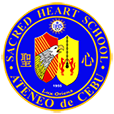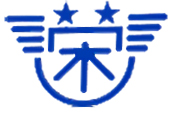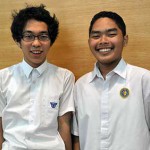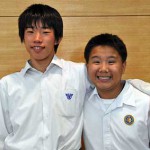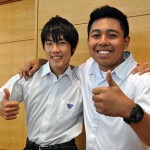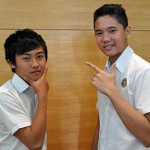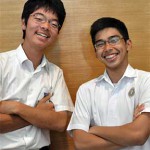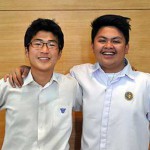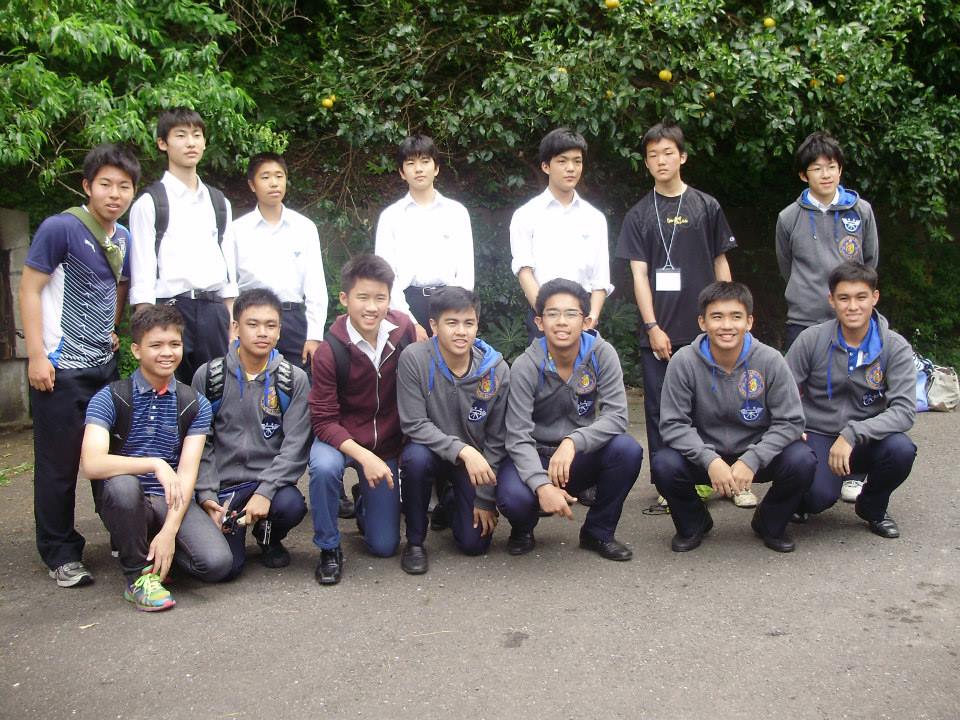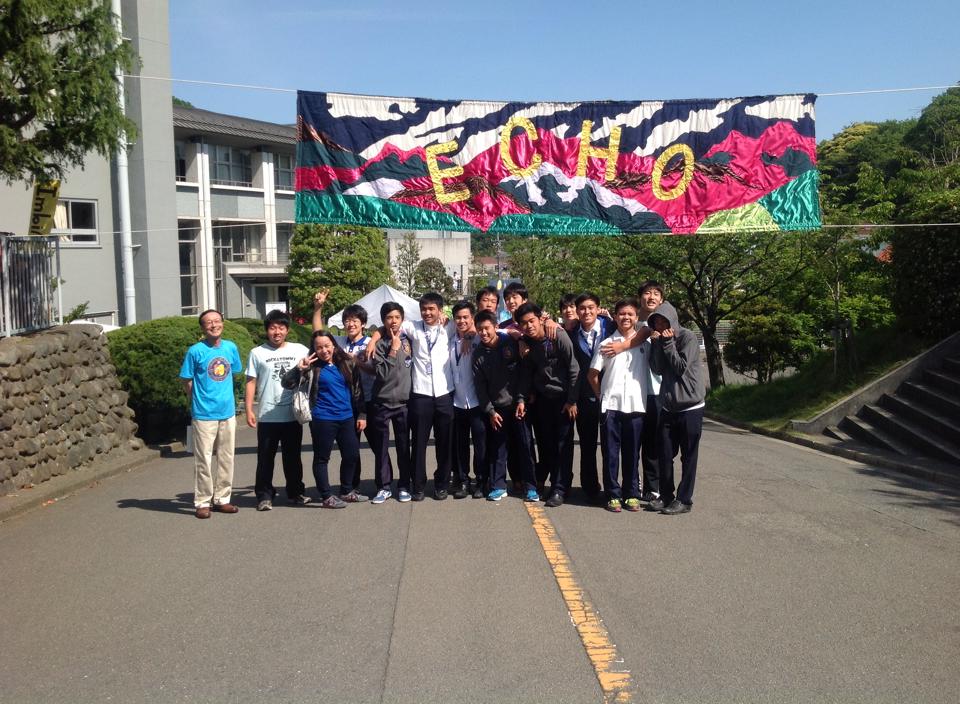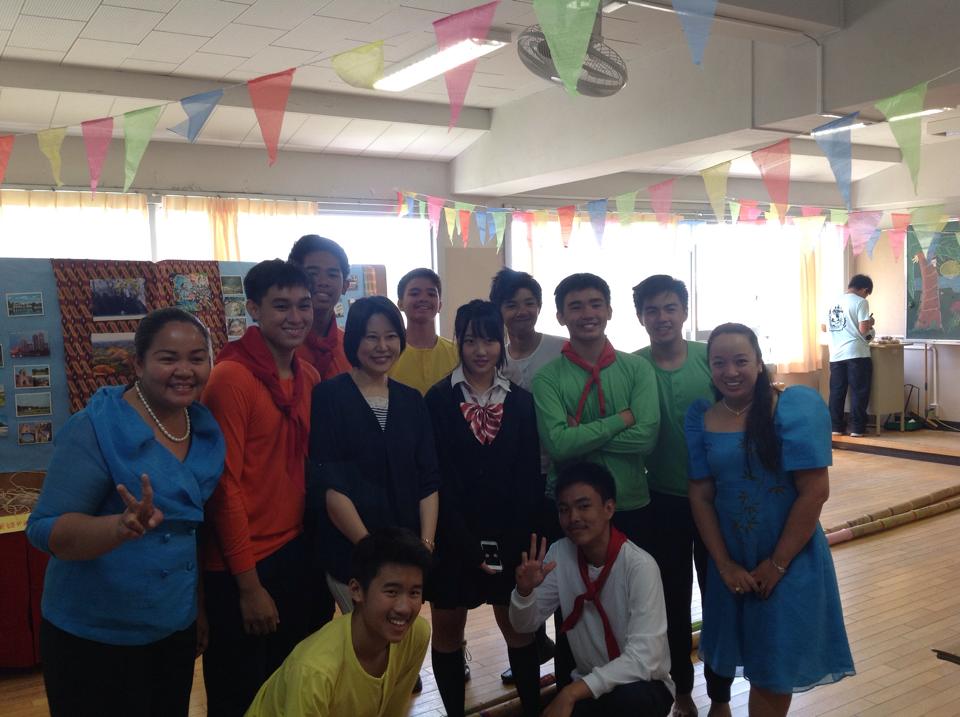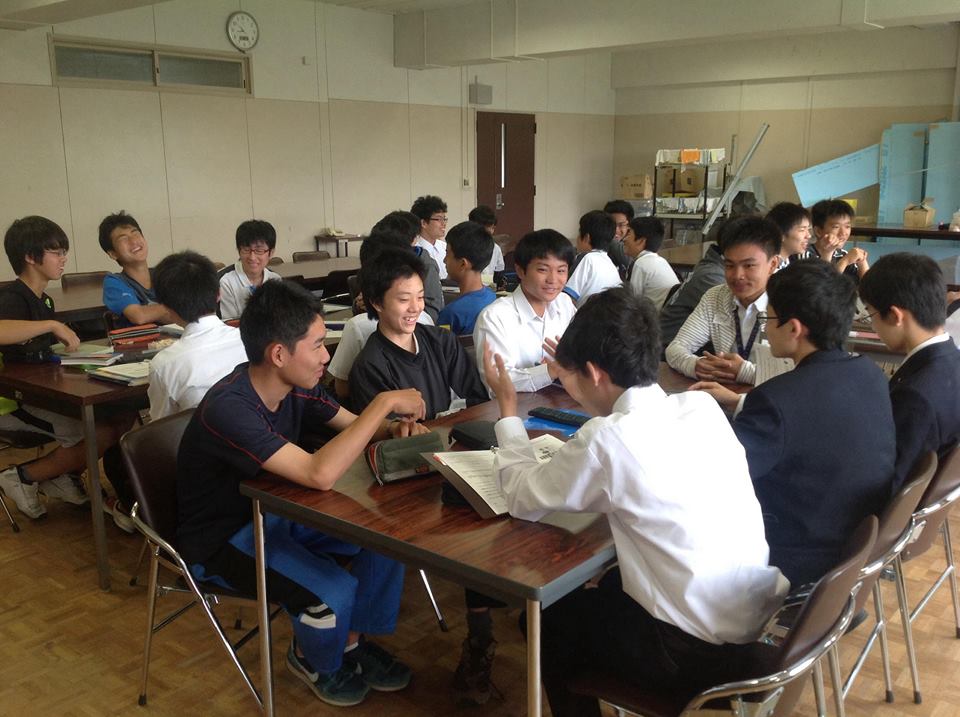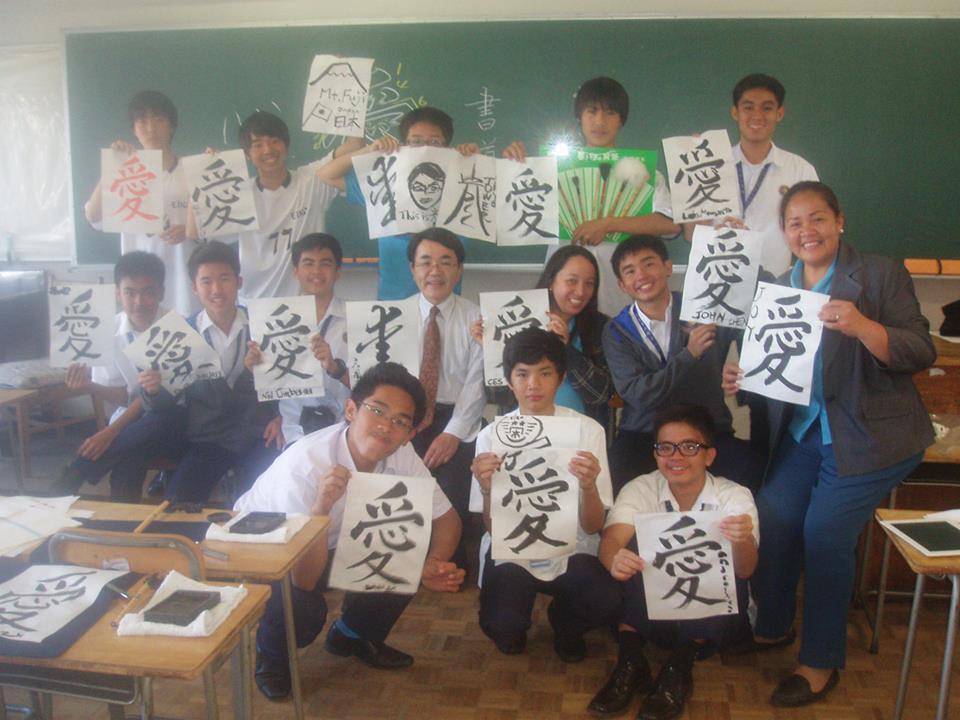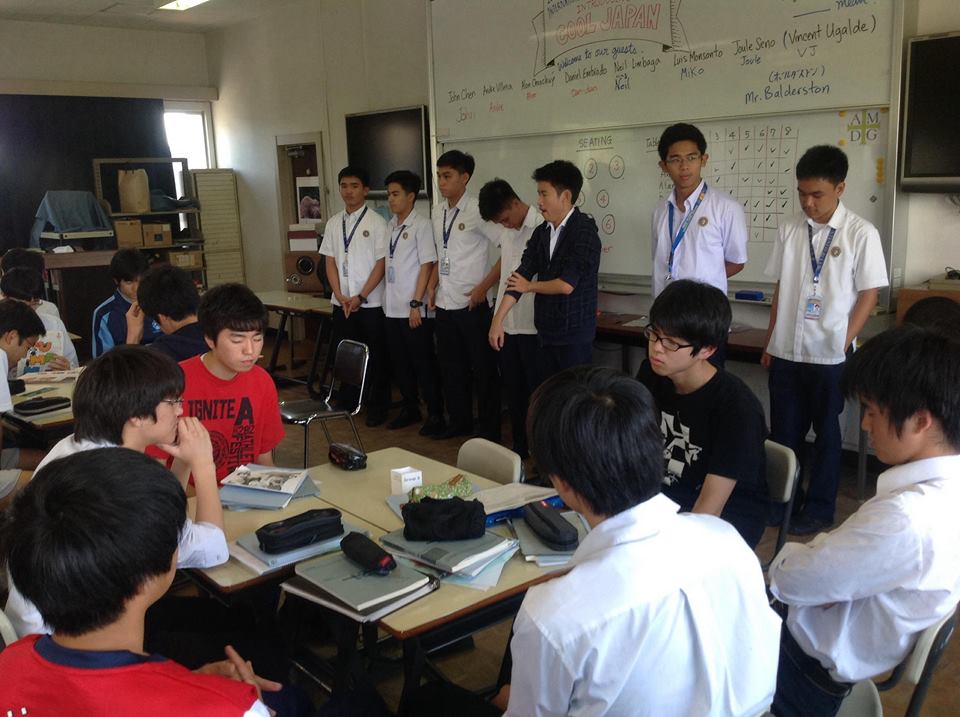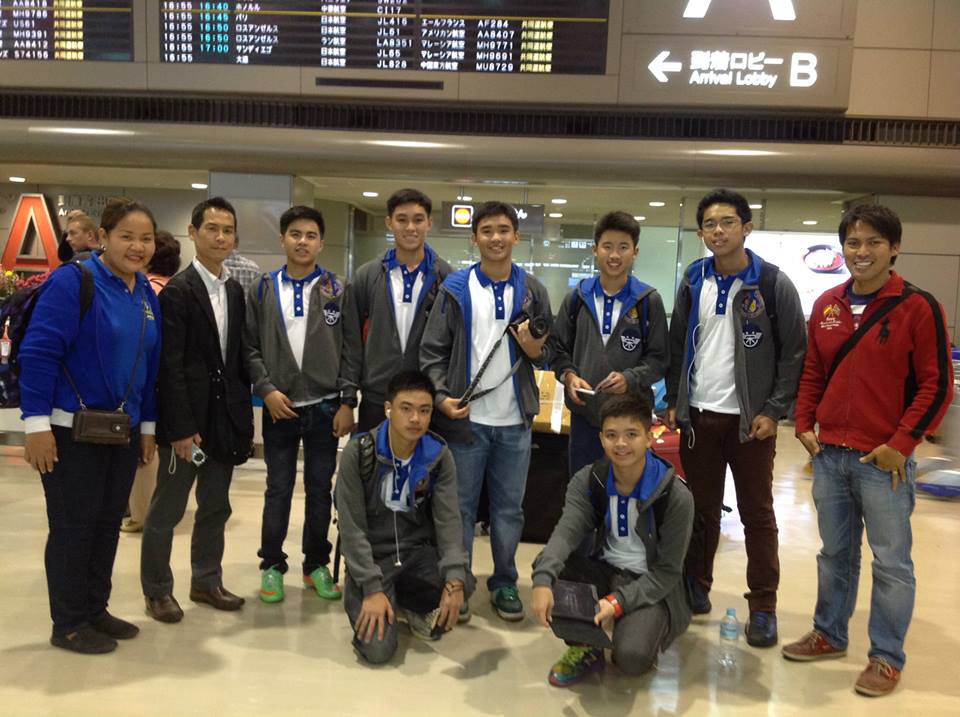1. That the participants from both schools may be able to fulfill the following characteristics of Jesuit Education:
A. Since the truly human in relationships with others that include attitudes of respect, love and service, Jesuit education stresses – and assists in developing the role of each individual as a member of the human community. Students are encouraged to build a solidarity with others that transcends race, culture or religion. In a Jesuit school, good manners are expected; the atmosphere is one in which all can live and work together in understanding and love, with respect for all men and women as children of God.
B. Jesuit education tries to develop in students an ability to know reality and to evaluate it critically. This awareness includes a realization that persons and structures can change, together with a commitment to work for those changes in a way that will help to build more just human structures, which will provided an opportunity for the exercise of freedom joined to greater human dignity for all.
C. The Jesuit school provides students with opportunities for contact with the poor and for service to them, both in school and in outside service projects, to enable these students to learn to love all as brothers and sisters in the human community, and also in order to a better understanding of the causes of poverty.
These characteristics hopefully will help our students (both from Eiko Gakuen and Sacred Heart School – Ateneo de Cebu) see the world as it really is, to evaluate this reality of the world, and to encourage them to grow in brotherly love toward all the people on earth.
2. That the student participants may learn about foreign countries through experience, thereby fostering in them a compassion for people of other cultures who are in situations different from those existing in Japan or in the Philippines.
3. That through this exchange program, students may achieve these two goals:
A. that the students in Japan or in the Philippines may realize how they are seen by other countries;
B. that the students may acquire an international perspective so that they may be interested in service people in other countries, especially those in the neighboring (Asian) countries.
It is expected that both schools will profit from this program, such as the students learning about their respective languages, cultures and religions. This learning will be helpful for their English and Social Studies classes and the exchange of teachers would help them learn the characteristics of a Jesuit Education through actual experiences.
Lastly, it is hoped that through these young people joining the exchange program, the SHS-Ateneo de Cebu and Eiko Gakuen schools as part of the international network of Jesuit schools, may be able to build a bridge between the two different cultures.
After a two-week visit, it is hoped that the exchange program does not end but instead become the beginning of a lifetime FRIENDSHIP of people regardless of race and culture. Thus, it bridges High School students, teachers and families of two different cultures as one family.
 Life is one big roller coaster ride, a constant opening and closing of doors, a cycle of seasons and a succession of ‘konichiwa’ and ‘sayonara.’ It seemed like yesterday when we excitedly welcomed our Japanese brothers at the airport. Tonight we are about to formally bid them farewell. After 4 weeks of being in Japan and hosting our brothers from Japan, the entire experience has made an indelible mark in our lives. We used to be a happy, gregarious family of 3 boys. Now we are 4. No, make that 5- with the addition of Masato, my first foster brother, and now Ken.
Life is one big roller coaster ride, a constant opening and closing of doors, a cycle of seasons and a succession of ‘konichiwa’ and ‘sayonara.’ It seemed like yesterday when we excitedly welcomed our Japanese brothers at the airport. Tonight we are about to formally bid them farewell. After 4 weeks of being in Japan and hosting our brothers from Japan, the entire experience has made an indelible mark in our lives. We used to be a happy, gregarious family of 3 boys. Now we are 4. No, make that 5- with the addition of Masato, my first foster brother, and now Ken. The school offers not only excellent education but also forms servant leaders for the greater glory of God.
The school offers not only excellent education but also forms servant leaders for the greater glory of God.  Jesuit education promotes the holistic growth of an individual. The student is given experiences and opportunities that develop his spiritual, moral, psychological, social and intellectual development. Through these experiences, he learns to find God in all things. His education, gifts and talents are always directed towards the service of God and others and in this way he can become a person of excellence, leadership and service.
Jesuit education promotes the holistic growth of an individual. The student is given experiences and opportunities that develop his spiritual, moral, psychological, social and intellectual development. Through these experiences, he learns to find God in all things. His education, gifts and talents are always directed towards the service of God and others and in this way he can become a person of excellence, leadership and service.

